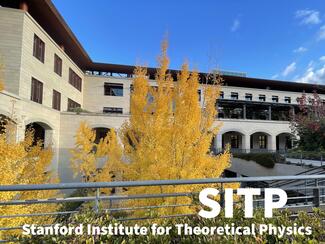
Physics at the limits of computation
Varian 355
Abstract: Could quantum many-body physics look different to a computationally-bounded observer? This is a central question confronting modern physics as it develops an increasing reliance on computation and big data. We have a good understanding of the information-theoretic limits of quantum information processing, but much less so the limits imposed by bounded computation -- the need to complete the computation in time scaling at most polynomially with the size of the system. One phenomenon that might look very different to such an observer is quantum chaos: while classical chaos theory is well-established, its quantum counterpart remains more ambiguous, largely due to the absence of direct quantum analogs for key classical notions such as the butterfly effect and integrals of motion. Instead, the prevailing prescription to diagnose quantum chaotic Hamiltonian dynamics is via indirect probes, such as the out-of-time-ordered correlator. I will present work that constructs ensembles of 'pseudochaotic' Hamiltonians that are provably indistinguishable from Gaussian Unitary Ensemble (GUE) Hamiltonians to a computationally bounded observer, yet lack all conventional signatures of chaos: they display no level repulsion, low operator complexity, and weak scrambling properties.